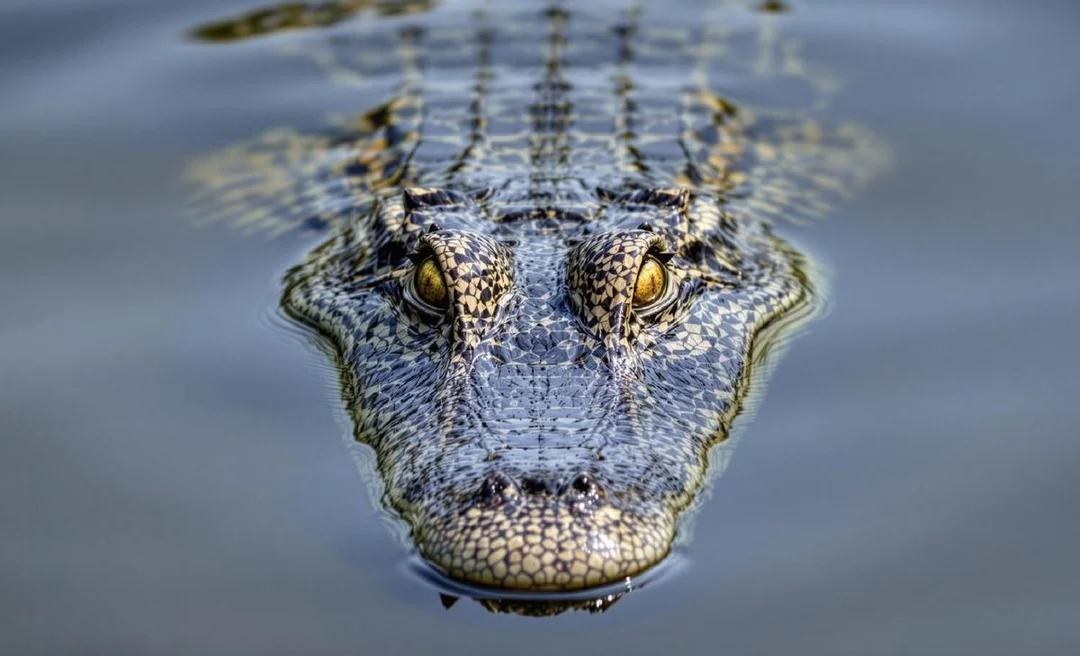
How Crocodiles Survived Earth’s Biggest Mass Extinctions
Why did crocodiles survive? Crocodylians – today’s crocodiles, alligators, and gharials – are the last remaining members of a larger group called crocodylomorphs, which dates back 230 million years. The research is groundbreaking as it closely examines the diets of these long-extinct animals to decipher how certain species survived while others perished. Lead author Keegan Melstrom notes, "Extinction and survivorship are two sides of the same coin. Through all mass extinctions, some groups manage to persist and diversify. What can we learn by studying the deeper evolutionary patterns imparted by these events?"
Today, many scientists argue that Earth is on the verge of its sixth mass extinction, driven by habitat loss, invasive species, and climate change. Studying past survivors like crocodylians may provide valuable insights into how to safeguard contemporary wildlife.
Historically, mammals have been the default group for understanding extinction and survival due to their flexible diets and ability to thrive in various habitats. This crocodylian study challenges that notion, highlighting the resilience of these reptiles. Co-author Randy Irmis warns, "There’s a danger of trying to draw conclusions from millions of years ago and directly apply it to conservation,” making it clear that while there are useful parallels, caution is essential.
Modern crocodylians are known for their aquatic diets, consuming fish and small mammals, but their ancestors tell a different story. During the Late Triassic Period, crocodylomorph ancestors predominantly occupied land and mostly hunted smaller prey. After the end-Triassic extinction, dominant reptile groups vanished, and only versatile crocodylomorphs endured. Melstrom remarks, "After that, it goes bananas; aquatic hypercarnivores, terrestrial generalists, terrestrial hypercarnivores, terrestrial herbivores – crocodylomorphs evolved a massive number of ecological roles throughout the time of the dinosaurs."
With their remarkable evolutionary history, crocodylians faced a reduction in diversity during the Late Cretaceous Period, leaving only a few lineages to survive the catastrophic meteor strike that ended the age of dinosaurs 66 million years ago.
In their comprehensive study, researchers analyzed skulls and teeth from 99 extinct crocodylomorph species across seven countries to understand their varied diets. Modern crocodiles continue to thrive in rivers and swamps, yet many species, like the critically endangered gharial and Cuban crocodile, face extinction threats. Their survival could hinge on their ancient adaptability. Irmis emphasizes the need for conservation, stating, "Crocodylians are equipped to survive many future changes – if we’re willing to help preserve their habitats.”
This enlightening research emphasizes the intricate survival mechanisms of crocodiles across eras. How can we apply the lessons from their past to protect today’s fragile ecosystems? We encourage you to share your thoughts below and engage in the conversation on this fascinating subject.